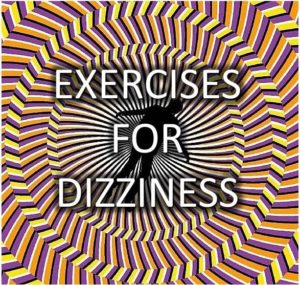 Vertigo (Dizziness)
Vertigo (Dizziness)
Vertigo is described as feeling like you are turning around when you are standing still – the experience is similar to how you feel when spinning on a playground roundabout. Vertigo has also been described as the sensation of standing still within a spinning room.
 Benign Positional Vertigo
Benign Positional Vertigo
Benign Positional Vertigo (BPV) (aka benign paroxysmal positional vertigo – BPPV) is a condition characterised by episodes of sudden and severe vertigo when the head is moved around. Common triggers include rolling over in bed, getting out of bed, and lifting the head to look up. BPPV tends to come and go for no apparent reason.
An affected person may have attacks of vertigo for a few weeks, then a period of time with no symptoms at all. Usually, BPPV affects only one ear. It is thought that BPPV is caused by particles within the balance organ of the inner ear. Other names for BPPV include benign postural vertigo, positional vertigo and top shelf vertigo (because you get dizzy looking up).
BPV is assessed by a Neurologist who can make the diagnosis, provide curative treatment or arrange for further investigations
Although the symptoms can be severe, the condition is considered benign because it is not due to tumour, stroke or neurodegeneration. That is, there is no damage to the neurological system.
The symptoms are caused by abnormal crystals that form and float within the normal fluid of the inner ear balance organs. Over time (up to 6 months) these crystal dissolve and the symptoms resolve.
There are no medications or operations that ‘remove’ the crystals. We usually recommend vestibular exercises that aid in positioning these crystals in less sensitive parts of the inner ear. These exercises can be performed at home, or even with the help of specialist physiotherapists.


